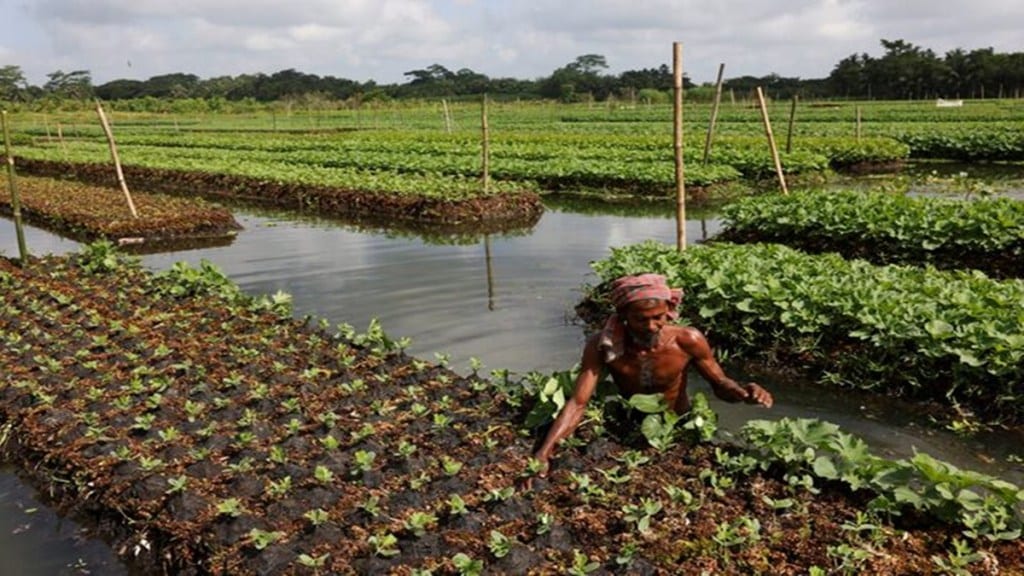India’s countryside eagerly awaits the onset of the southwest monsoon which has a crucial bearing on crop output during the kharif or summer season. Although this highly complex, dynamic system arrives with unfailing regularity, there is no telling exactly when it will set in, or for that matter its behaviour over the season, which can defeat the best forecasts. The monsoon set in over Kerala on May 24, eight days before its normal date of June 1 with a standard deviation of 7 days. This is the earliest date since 2009 when it entered Kerala on May 23. To be sure, it has also been delayed till June 8 in 2016, 2019, and 2023.
The track record of the India Meteorological Department (IMD) in forecasting the onset has been good, barring 2015 when it set in much later on June 5 than the predicted date of May 30. The onset is declared by the IMD when 60% of the 14 weather stations in the state report 2.5 mm of rains for two consecutive days, besides taking into account the depth of the westerlies or winds that blow from the west towards the east, and the outgoing longwave radiation.
Although the southwest monsoon’s arrival marks the transition to a rainy season after a sweltering hot and dry spell, it has no bearing per se on its subsequent progression throughout the country or the overall rainfall from June to September. A high pressure is forming over western Russia that could stall its progress between May 27 and June 5, according to weather scientists.
The earlier onset 16 years ago, for instance, was associated with below normal, if not severely deficient, rainfall that was 77% of its long period average. Normal rainfall over the season is 96 to 104% of its long period average of 868.6 mm. A delayed onset till June 8 was correlated with normal rains in 2016, above normal rainfall in 2019, and below normal precipitation in 2023. However, the timing of its arrival — as also its spatial and temporal spread over the season — does impact kharif agricultural operations. A delayed onset affects sowing operations for paddy, coarse cereals, pulses, and soya bean while an early one might be utilised to its full advantage with an accurate forecast by the IMD as has happened this time.
All eyes will naturally be on the progress of the southwest monsoon which is forecast to be above normal this year by the IMD. The fortunes of India’s agricultural sector, if not the economy, depend on these rains. Agriculture’s share in the nation’s gross value added may have declined to 18% but 55-60% of its contribution to the economy emanates from rain-fed croplands. Less than half of the country’s net cultivable area is un-irrigated and rain-dependent.
More than three-fifths of India’s farmers cultivate crops without irrigation. Admittedly, there are imponderables regarding its behaviour due to climate change with the number of rainy days declining while extremely heavy rainfall days are rising over time. But the prospect of good rainfall is good news for kharif food grain production. But if the rain gods indeed are parsimonious, drought conditions will haunt the countryside. The policy imperative must be to ensure that agriculture does not remain hostage to the vagaries of the southwest monsoon by building more irrigation facilities and developing climate-resistant seeds.

